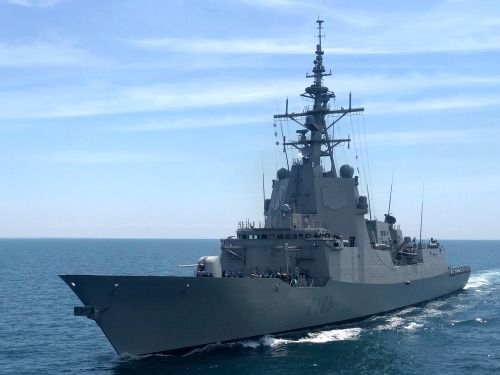
According to the U.S. Government Accountability Office (GAO), the Navy has taken steps to address fatigue in its ranks – an ongoing problem that has plagued its ranks for years, even contributing to fatal ship collisions.
Essentially, this was a follow-up to an analysis conducted in 2021, after which GAO made eight recommendations regarding how to address Navy fatigue. Following this, the National Defense Authorization Act for Fiscal Year 2022 required the Secretary of the Navy to implement each recommendation from that report and to update Congress on the status of actions taken to both monitor crew fatigue and guarantee equitable management of the situation.
At this point, GAO reports that the Navy has implemented four of the eight recommendations:
- It revised its guidance to require the systematic collection of data on sailor fatigue
- It revised guidance to use required positions when reporting crew sizes
- It created risk-based crewing targets
- It built projections of future personnel needs based on crew requirements
The other four items remained up in the air as of the report, though, including a failure to fund the expansion of two pilot programs to monitor sailor fatigue in real-time and assist commanders with decision-making. Uncomfortable mattresses and crew shortfalls remain a burden as well, leading to heavy workloads and understaffing that has led to inadequate sleep. On top of all this, the Navy has yet to account for the additional sailor workload caused by its Ready Relevant Learning training initiative.
The Navy did follow through with Congress, though, and that assessment concluded, among other things, that sailors force-wide continue to maintain 5.25 hours of sleep on average – well below the 7.5 hours-per-day minimum standard.

